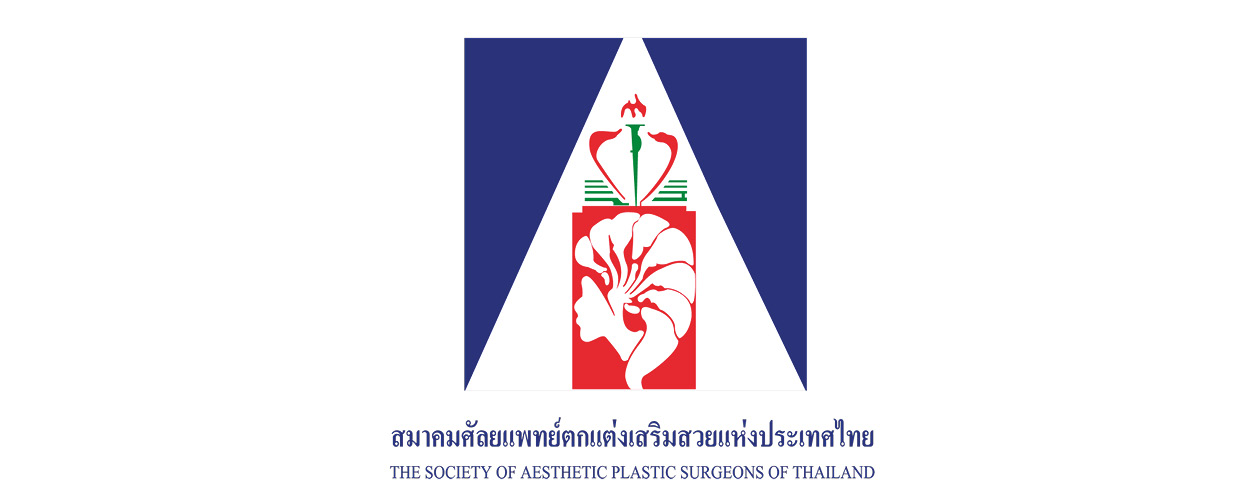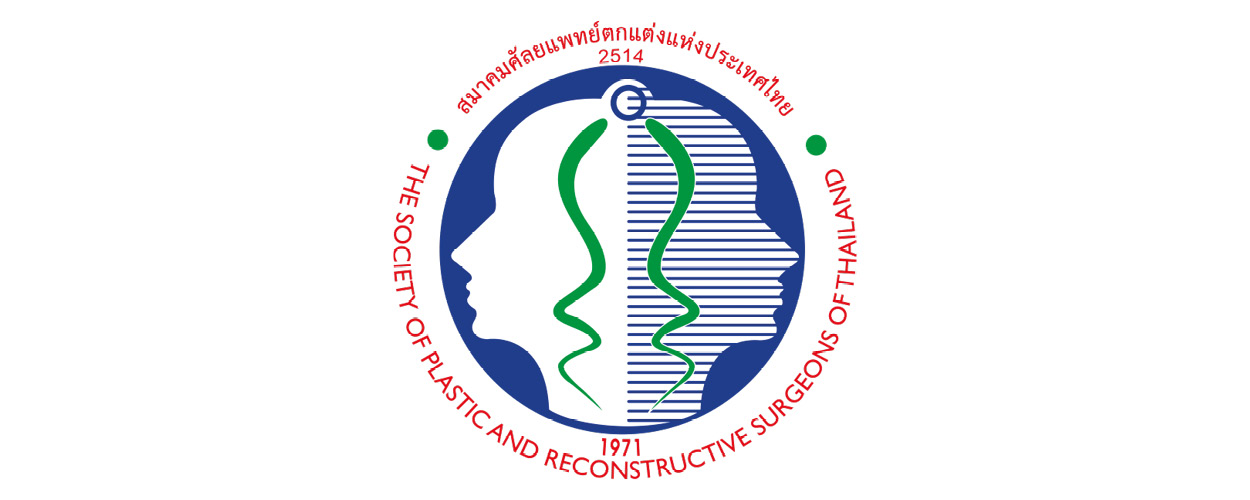GO BACK
IMCAS Asia 2025
IMCAS Asia 2025
Program
Face surgery: Blepharoplasty (in collaboration with THSAPS & THPRS)
Room: Room 5 - Level 2
Date: Friday 6 June 2025 at 11:00 to 13:00
Format: FOCUS SESSION > lectures covering a major topic of the congress
Date: Friday 6 June 2025 at 11:00 to 13:00
Format: FOCUS SESSION > lectures covering a major topic of the congress
Lectures of the session
| Hours | Speakers | Lecture title | Abstract | Number |
| 11:00 | Correction of brow ptosis with upper blepharoplasty | 146734 | ||
| 11:12 | Frontalis advancement | 146726 | ||
| 11:24 | UMEDA study: Upper eyelid burial surgery for middle-aged and elderly patients with dermatochalasis | View | 146733 | |
| 11:36 | A new strategy to improve the outcome of transconjunctival lower blepharoplasty: The F.I.R.S.T. technique | View | 146735 | |
| 11:48 | Association of blepharoplasty and phenol croton peeling in facial rejuvenation | 146736 | ||
| 12:00 | Fat grafting and SVF: One-stop solution for under-eye issues and aging | 146727 | ||
| 12:12 | Youth of the lower eyelid to achieve long-term satisfaction | 146728 | ||
| 12:24 | Tired eyes: Pathology and its correction | 146729 | ||
| 12:36 | Transconjunctival blepharoplasty made easy | View | 149488 | |
| 12:48 | Discussion and Q&A | 146737 | ||





















